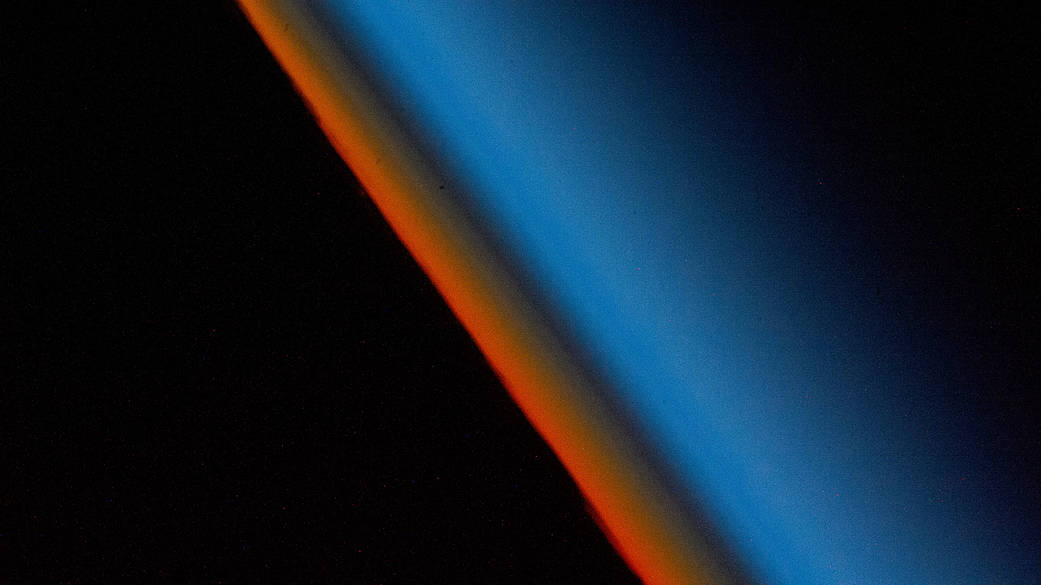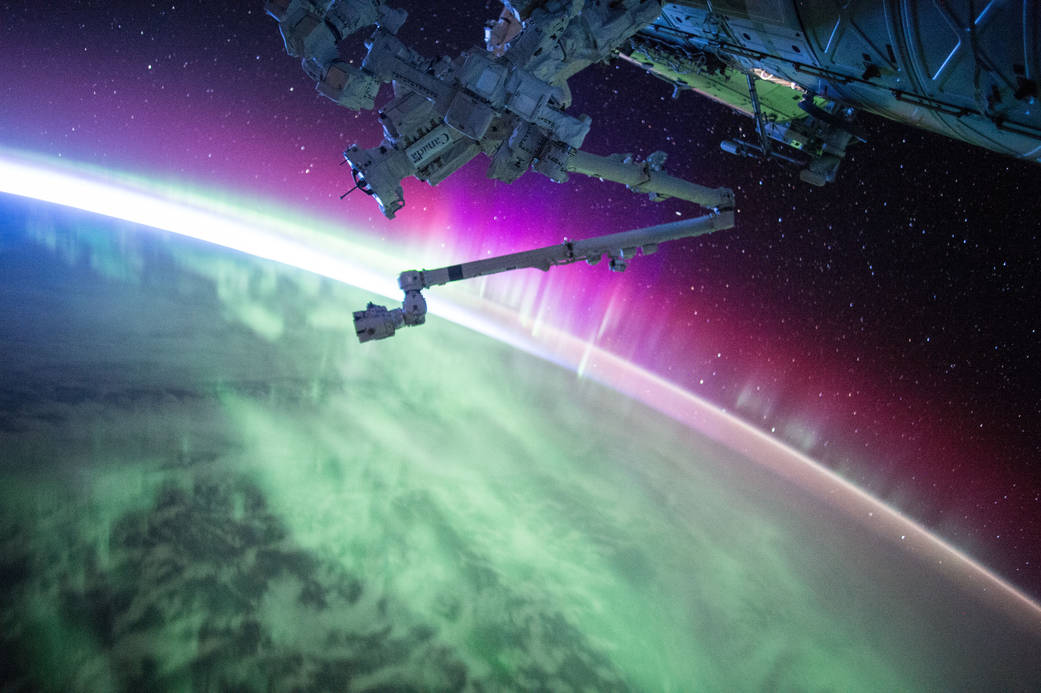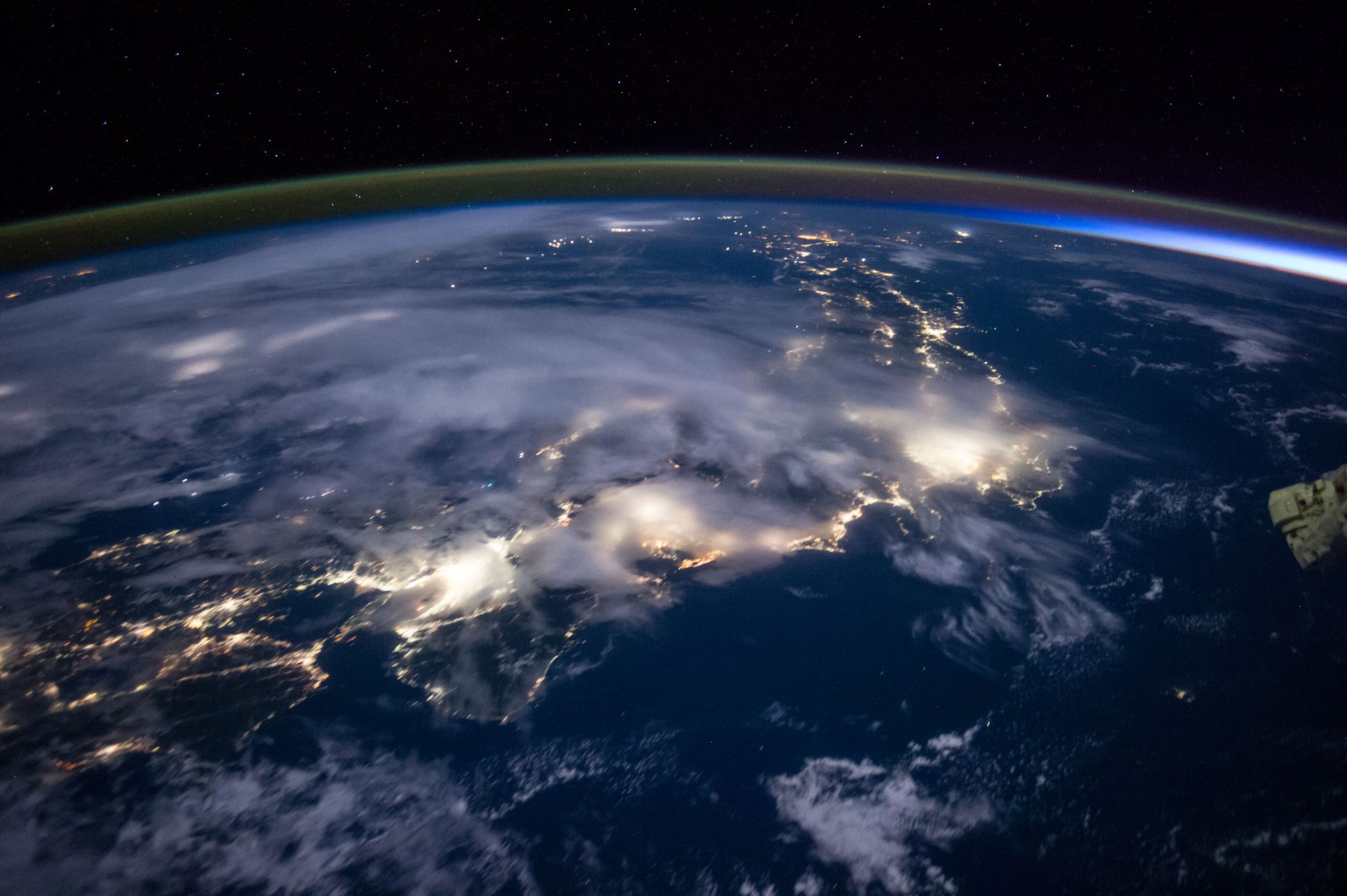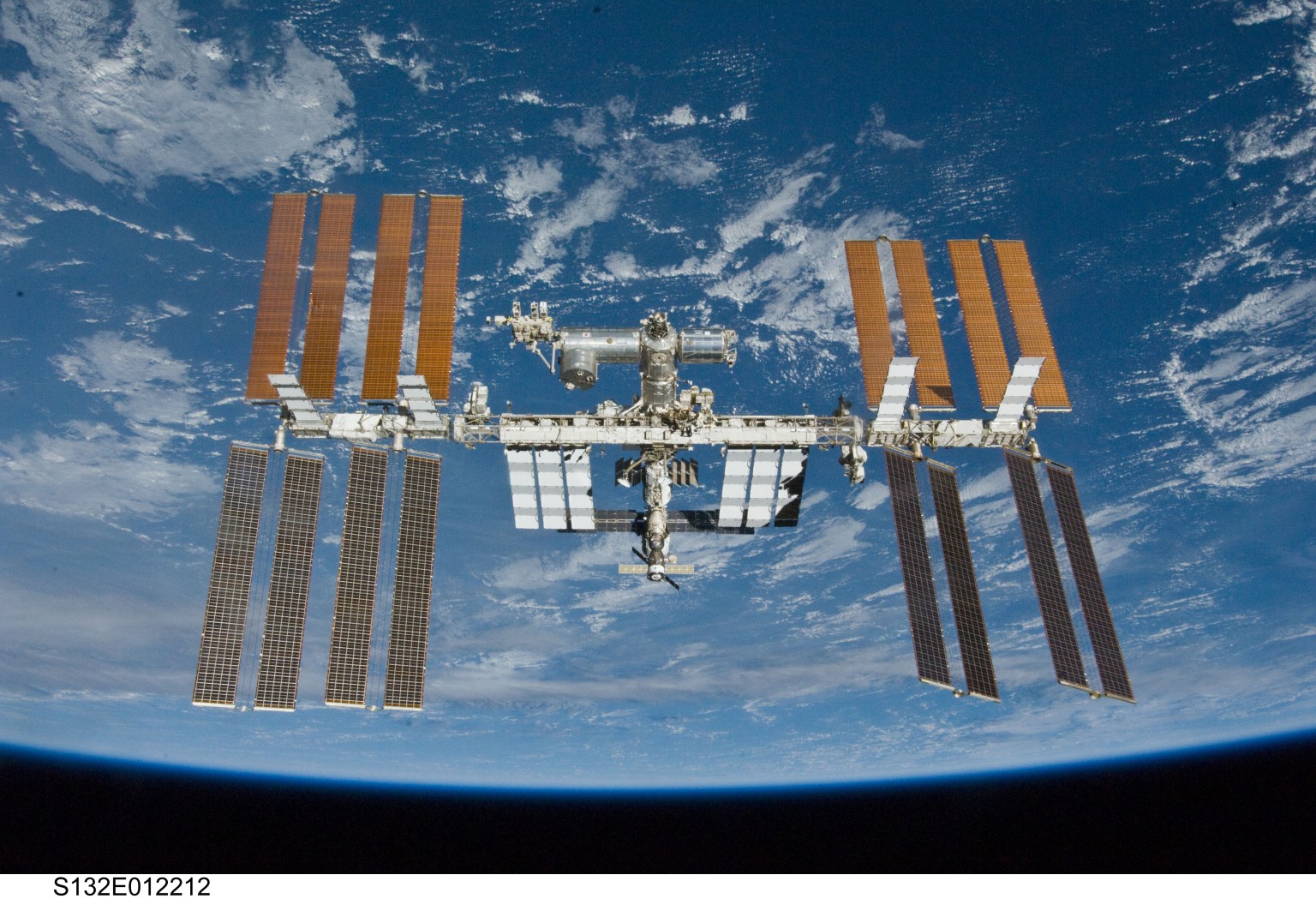NASA’s partners in low-Earth orbit are continuing to meet deadlines and mature designs of commercial destinations to seamlessly transition the agency from the International Space Station following its retirement after 2030. This change will ensure the U.S. maintains continuous human presence in space while also enabling NASA to meet its ongoing microgravity research needs off the Earth while close to home.
The technical and hardware development of these destinations are only one aspect required to support the growing economy in space. NASA’s Commercial Low-Earth Orbit Destination industry partners must also continue to make progress on business operations. “To create a successful space economy where many types of individuals and businesses can operate and experience microgravity in orbit, progress must also include addressing market barriers, performing customer outreach activities, forming strategic industry partnerships, developing profitable business models, and securing outside investors and financing,” said Phil McAlister, NASA’s Commercial Space Division director.
Most recently, the three U.S. companies with NASA funded Space Act Agreements each completed business milestones. Blue Origin completed its Orbital Reef Financial Report milestone, which included financial reports that demonstrated sufficient funding for the program, market projections, current orders, revenue recognition, and sales projections.
Nanoracks recently announced that Voyager Space and Airbus Defense and Space are partnering to develop and operate the Nanoracks Starlab. Airbus will provide the technical design support and expertise for Starlab. This announcement was part of a milestone to provide NASA insight into the roles and responsibilities of the new strategic partnership.
Northrop Grumman completed a marketing status milestone that provided NASA insight into Northrop’s marketing efforts to attract future Commercial LEO Destination customers, and its plans for public engagement, outreach, and widening a customer base. In addition to these funded SAAs, NASA has a contract with Axiom Space for commercial modules to attach to the station.
Private astronaut missions also play a role in further developing a space economy. As preparations continue for the upcoming launch of the second private astronaut mission this spring, NASA and Axiom Space recently signed a mission order for the third private astronaut mission to the International Space Station to take place no earlier than November 2023 from NASA’s Kennedy Space Center in Florida. Private astronaut missions to the space station are a precursor to privately funded commercial space stations as part of NASA’s efforts to develop a thriving low-Earth orbit ecosystem and marketplace.
“It’s very encouraging to see our industry partners focusing on these critical activities,” said McAlister. “Building a space station is incredibly difficult, but even more difficult will be operating these destinations in a cost-effective and sustainable manner. Our partners are literally ‘taking care of business’ with these milestones.”
For more than 22 years, NASA has supported a continuous U.S. human presence in low-Earth orbit aboard the space station. The agency’s goal is to enable a strong, commercial marketplace in low-Earth orbit where NASA is one of many customers for private industry. This strategy will provide services the government needs safely, at a lower cost, and enables the agency to focus on its Artemis missions to the Moon in preparation for Mars, while continuing to use low-Earth orbit as a training and proving ground for those deep space missions.































